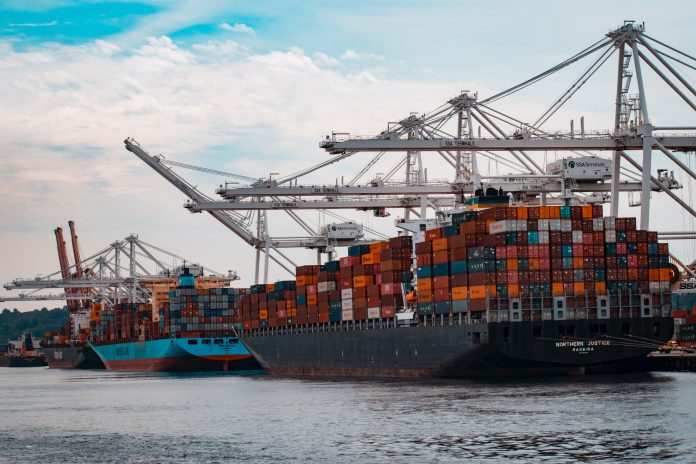In today’s globalized world, shipping goods across international borders has become a common practice, with Canada and the United States being significant trading partners. If you’re considering shipping from canada to us cost, it’s crucial to understand the various factors that contribute to the overall cost. In this guide, we’ll delve into the key aspects that impact shipping costs, providing you with a clear understanding of what to expect when sending items from Canada to the US.
- Understanding International Shipping
Shipping goods from Canada to the US involves a complex process that requires careful consideration of multiple factors. It’s not just about transporting items; it’s about navigating customs regulations, choosing appropriate shipping methods, and managing costs effectively.
- Factors Influencing Shipping Costs
The cost of shipping varies based on several key factors. These include the weight and dimensions of the package, the chosen shipping method (standard, expedited, or express), the destination’s distance, and any additional services like tracking, insurance, and packaging.
- Shipping Methods and Cost Comparison
When shipping from Canada to the US, you can opt for different methods, such as ground shipping, air freight, or sea freight. Each method comes with its own cost implications and delivery timelines, allowing you to choose the option that aligns with your budget and timeframe.
- Customs and Duties: What You Need to Know
Navigating customs and duties is a crucial aspect of international shipping. Understanding the documentation required, tariff classifications, and potential taxes will help you avoid delays and unexpected costs.
- Tips for Cost-Effective Shipping
To minimize shipping costs, consider consolidating packages, optimizing packaging to reduce weight, and taking advantage of bulk shipping discounts offered by some carriers.
- Packaging and Labeling Requirements
Proper packaging and labeling are essential to ensure the safe and efficient transit of your goods. Adhering to international packaging standards and providing accurate shipping labels will help prevent mishandling and delays.
- Tracking Your Shipment
Tracking services provide real-time updates on your shipment’s location and estimated delivery time. This transparency not only keeps you informed but also adds a layer of security to your shipping process.
- Insurance and Protection Plans
Shipping insurance protects your items against loss or damage during transit. While it adds to the overall cost, it provides peace of mind and financial security in case the unexpected occurs.
- Navigating Regulatory Challenges
Regulatory compliance is vital when shipping internationally. Familiarize yourself with import/export regulations, restricted items, and documentation requirements to ensure a smooth shipping experience.
- Sustainable Shipping Practices
As environmental concerns grow, adopting sustainable shipping practices can benefit both the planet and your business. Explore eco-friendly packaging options and carbon offset programs to reduce your shipping’s ecological footprint.
- Choosing the Right Shipping Provider
Selecting a reliable shipping provider is paramount. Compare carriers based on factors like reputation, cost, delivery speed, and customer support to make an informed decision.
- Planning Ahead: Timelines and Delays
International shipping may encounter unforeseen delays due to customs inspections, weather conditions, or other factors. Planning ahead and allowing for potential delays in your timelines will help you manage expectations.
- Customer Satisfaction and Returns
Prioritize customer satisfaction by providing clear information about shipping costs, delivery times, and return policies. A positive post-purchase experience can lead to repeat business and referrals.
- Case Studies: Real-Life Shipping Scenarios
Explore real-life case studies of businesses that have successfully managed their shipping processes from Canada to the US, highlighting key strategies and lessons learned.
In conclusion, shipping from Canada to the US involves a multifaceted process that requires careful planning, attention to detail, and a solid understanding of the various factors influencing costs. By following the guidelines outlined in this guide, you’ll be better equipped to navigate the complexities of international shipping, optimize your expenses, and ensure a seamless experience for both you and your customers.

